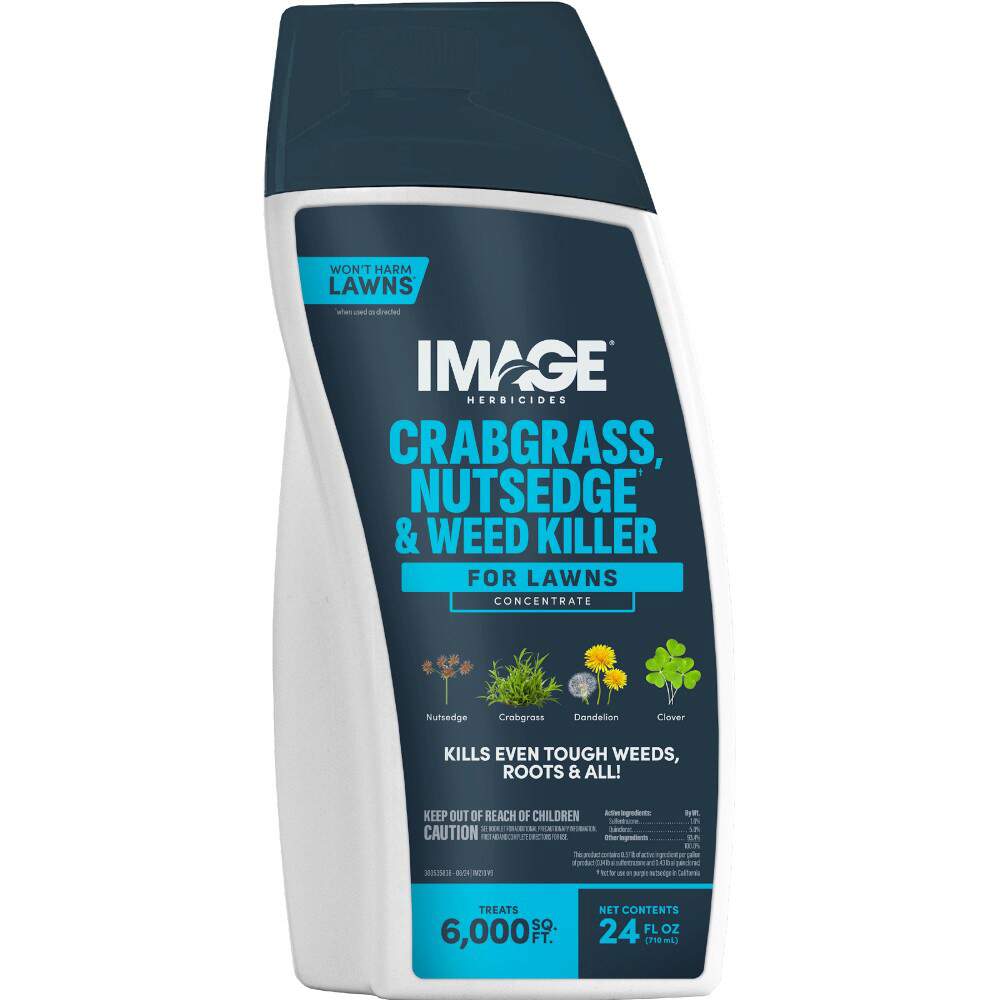HOW TO IDENTIFY GOOSEGRASS
Goosegrass stems grow parallel to the ground. The prostrate clumps look as though their centers were flattened at the base. The silvery-white bases of the light green stems distinguish this annual grassy weed. Goosegrass leaves may grow up to 14 inches long. The leaves fold along a prominent midvein.
Goosegrass flower heads and seed heads grow in clusters. Splayed like fingers — or a bird's toes — the clusters are composed of spikes up to 6 inches long. Two rows of flattened spikelets line the spikes. A single goosegrass plant's spikelets can produce up to 50,000 seeds annually.
Goosegrass is often mistaken for crabgrass, but leaf buds offer clues. Before the leaves open fully, crabgrass leaves are rolled in the bud. But goosegrass leaves — like annual bluegrass (Poa annua) — are folded in the bud. This lawn weed has a fibrous root system with a central taproot.
WHERE AND WHY GOOSEGRASS GROWS
Goosegrass grows throughout the United States. Only Alaska and parts of the Northern Plains and Pacific Northwest escape this weed. It's common in lawns, pastures, roadsides, construction sites and any areas with disturbed soil. Goosegrass is especially troublesome in maintained turf settings, where its prostrate growth habit avoids all but the lowest mower blades.
A fast-growing grassy weed, goosegrass flourishes in full sun and moist or well-irrigated areas. It thrives in compacted, poorly drained, low-lying areas in lawns. Areas with heavy foot traffic and damaged turfgrasses are prime goosegrass targets. Improved drainage, proper irrigation and core aeration can help lawn grass compete against this weed.
HOW TO CONTROL GOOSEGRASS
Goosegrass, like foxtail weeds, belongs to the grass family, so typical broadleaf herbicides won't kill these tenacious weeds. When treating goosegrass or other lawn weeds, always read product labels and make sure the label lists your grass type. For best results, treat goosegrass when small, new plants emerge.
Image Herbicides offers two highly effective liquid products to kill or control goosegrass. For optimal control of goosegrass with these products, repeat treatment every three to four weeks.
- Image Herbicides Crabgrass, Nutsedge, & Weed Killer for Lawns Ready-to-Spray is a selective, post-emergent weed killer that starts working on contact to kill goosegrass to the root. Just attach the convenient container to a regular garden hose. The product mixes and measures for you as you spray.
- Image Herbicides Crabgrass, Nutsedge, & Weed Killer for Lawns Concentrate, designed for use with a pump-style lawn sprayer, is ideal for large lawn areas or precision spot treatments. This selective, post-emergent herbicide starts working immediately to kill goosegrass, roots and all.
Goosegrass Control Tip: Effective control of goosegrass requires breaking the cycle of seed production and stopping new weeds that emerge from previous years' seeds in soil.
Treat emerged goosegrass when plants are small and young before they can produce new seed. Crabgrass-preventing spring lawn treatments such as Pennington Full Season Weed & Feed 25-0-8 also help prevent goosegrass seed from establishing.
Always read product labels thoroughly and follow instructions, including guidelines for lawn grasses, frequency of applications and seasonal maximums that may apply.
GOOSEGRASS GALLERY
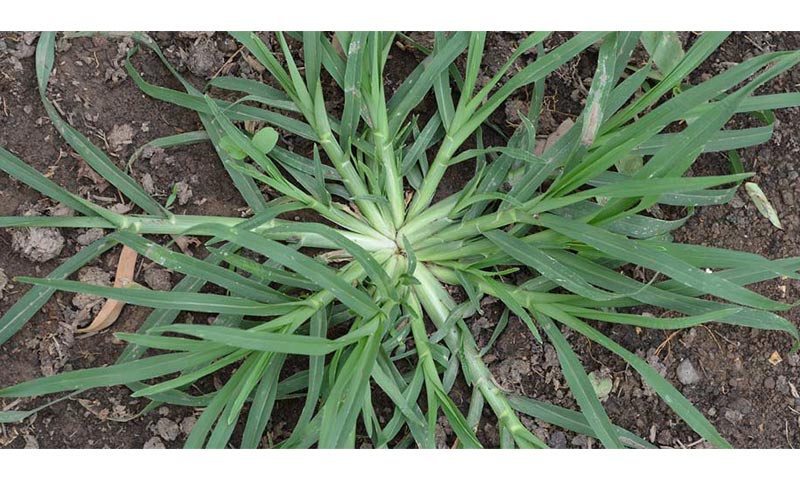
Goosegrass with silver/white stems

Goosegrass whole plant

Goosegrass single plant
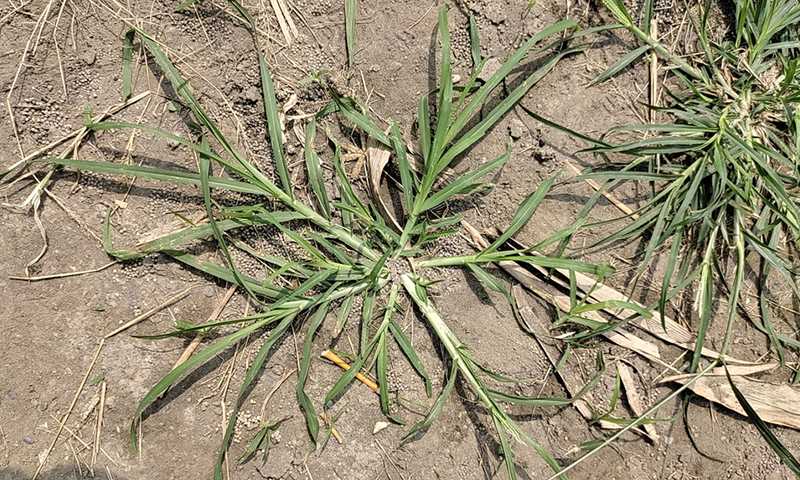
Goosegrass plant with white stems
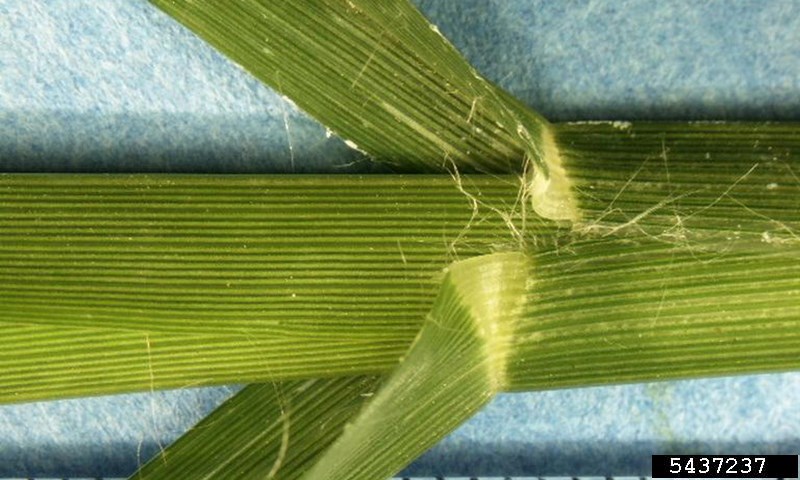
Goosegrass bud/stem, closeup

Goosegrass creased leaf, closeup
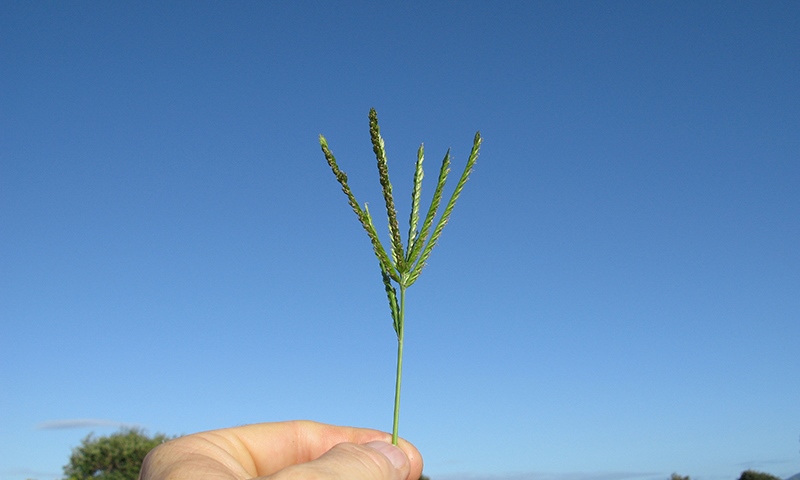
Goosegrass flower head
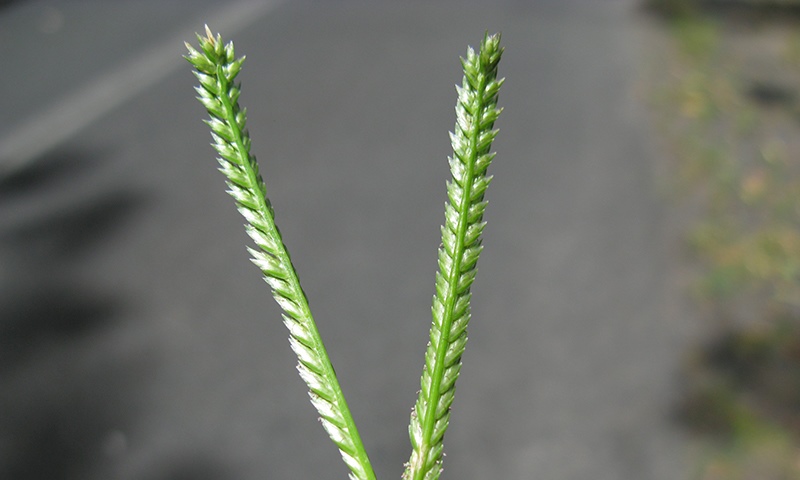
Goosegrass flower head, closeup
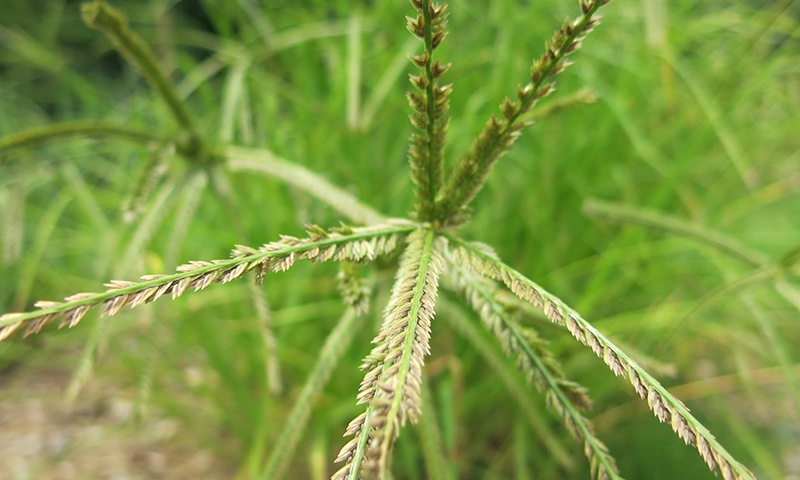
Goosegrass flower head, closeup
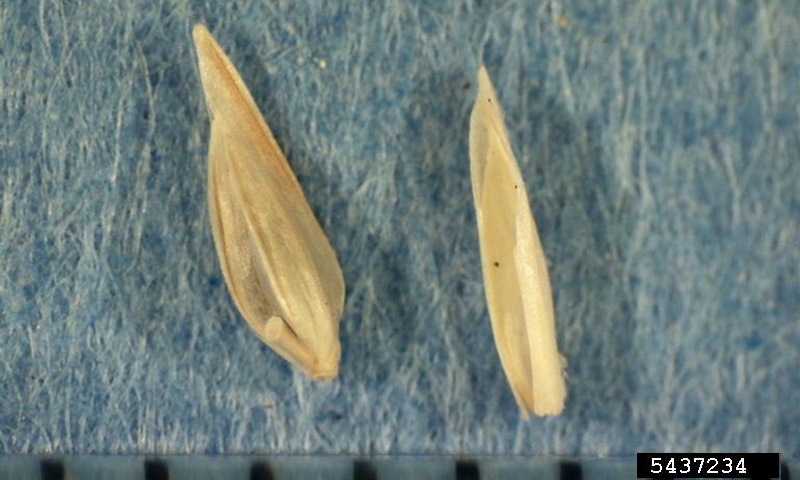
Goosegrass seeds



